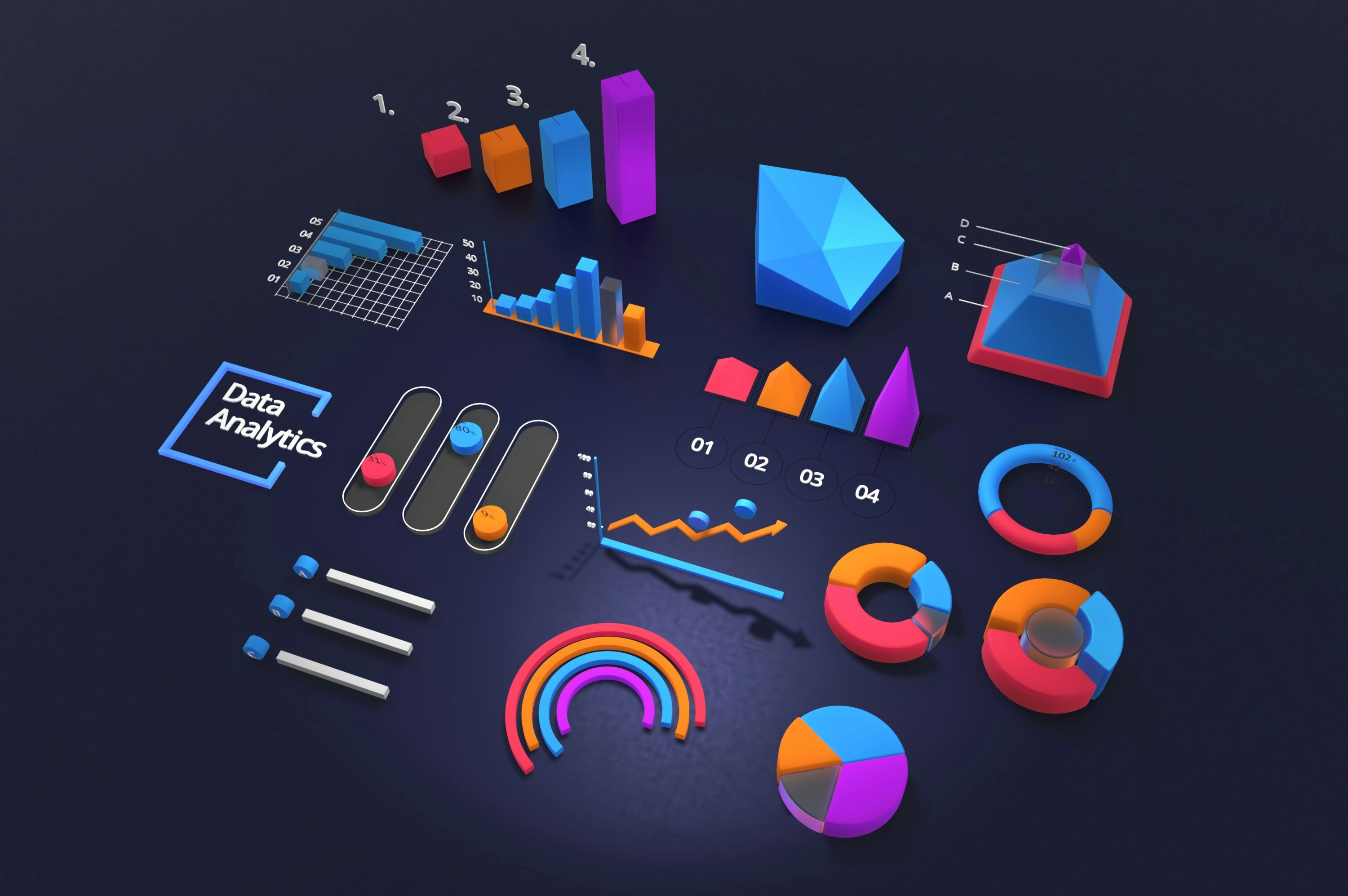
Convert Big Data Into Actionable Insights For Campaign Success
Sorting through large amounts of data often seems overwhelming, but you can turn detailed information into practical actions that lead to campaign success. Clear insights emerge when you break down complicated topics and identify important trends early on. Your team stays prepared to make better decisions and respond quickly to changes in the market. With a straightforward approach, you move from raw data to meaningful results, making each step of the process easier to manage and more effective. Discover how to turn complex data into simple steps that help you reach your goals and improve your outcomes.
Advertisement
Understanding Big Data Basics
Handling large amounts of information that arrive quickly and come in different formats is what big data usually means. Think of it as three layers working together.
- Volume: The enormous size of data, whether it’s millions of customer records or endless social posts.
- Velocity: How fast information arrives and needs processing, like live website clicks or sensor updates.
- Variety: Different types of content—text, images, transaction logs, or streams from devices.
Knowing these ideas helps you choose the right tools and methods. When everyone understands the basics, you speed up each stage from gathering data to analyzing it.
Gathering and Preparing Data
Collecting data seems straightforward at first: pull numbers from surveys or download click logs. But raw data often has errors, missing fields, and inconsistent labels. Cleaning it might take longer than collecting it.
Begin by identifying important fields for your campaign, like customer age or purchase history. Remove duplicates and fill in gaps where possible. If you use third-party sources, double-check a sample to confirm accuracy. This preparation ensures your later insights aren’t based on junk data.
Analyzing Data to Find Insights
Analyzing converts prepared information into actionable discoveries. Follow clear steps to make this process feel less like guesswork and more like following a recipe.
- Segment your audience: Group customers based on traits relevant to your campaign—such as buying frequency or preferred product lines.
- Identify trends: Chart these groups over time to see which one’s growth matches past promotions.
- Run experiments: Test different messages or visuals with smaller groups to see what works before a full launch.
- Create dashboards: Show key metrics—click rates, conversion ratios, average order value—in real time for quick feedback.
By following a step-by-step plan for analysis, you reduce guesswork and make decisions based on real numbers. You also notice small changes—a sudden drop in click-through or a spike in sign-ups—that indicate you need to make adjustments.
Turning Insights into Campaign Plans
Converting data into clear next steps involves selecting specific campaign actions based on your findings. If younger customers respond well to short videos, plan more quick clips on social channels. When a special discount increases conversions by 20 percent during testing, apply it to all segments.
Link each action to measurable goals. Set targets like “increase sign-ups by 15 percent this month” or “double newsletter opens.” This way, your team can easily track progress and adjust quickly if necessary.
Establish feedback loops so lessons from each campaign feed into your data pool. When you monitor results in a central location, you create a growing knowledge base that supports every new effort.
Selecting Tools and Technologies for Implementation
Picking the right tools speeds up every step from data handling to report creation. Open source platforms offer flexibility, while cloud services excel at expanding storage and processing power.
- Hadoop clusters let you process huge files across multiple servers easily.
- Spark offers in-memory speed for faster analytics compared to traditional batch processes.
- Tableau and Power BI allow you to build live dashboards quickly, keeping non-technical team members informed.
- Web analytics tools like Google Analytics track user clicks and sessions smoothly, feeding data directly into your pipelines.
Using integrations and plugins connects these platforms, reducing manual exports. Automating repetitive tasks such as data refreshes or alert triggers lets your team focus on interpreting results instead of fixing broken scripts.
Final Takeaways
Working with big data doesn’t have to be overwhelming. Focus on clear definitions, clean data sets, a step-by-step analysis process, and actions you can measure. With the right tools, your team can identify opportunities early and change campaigns as needed.
Begin with small steps and learn from each one. Use your progress to develop effective strategies that make a real difference.
Advertisement